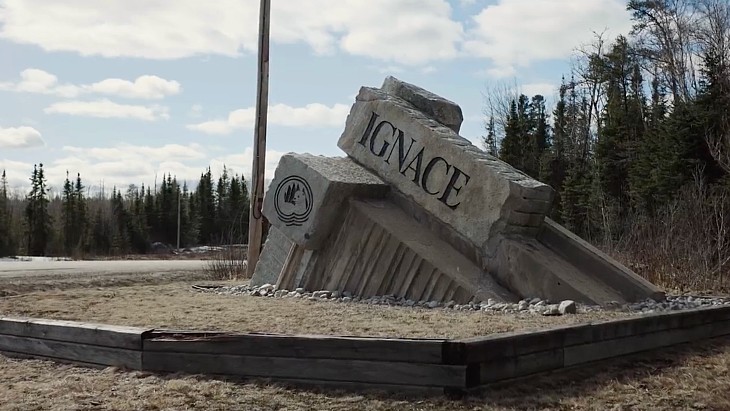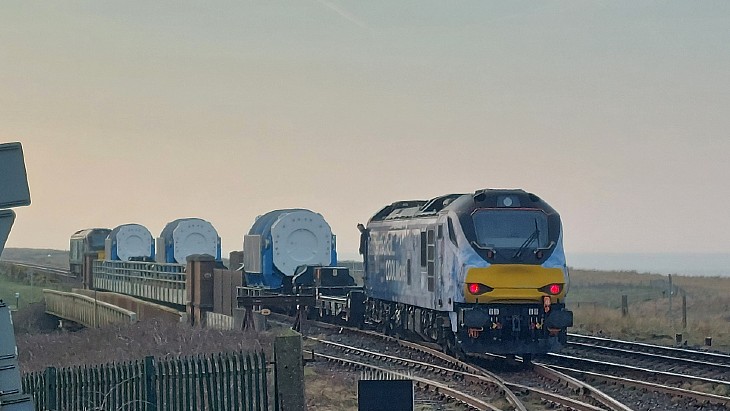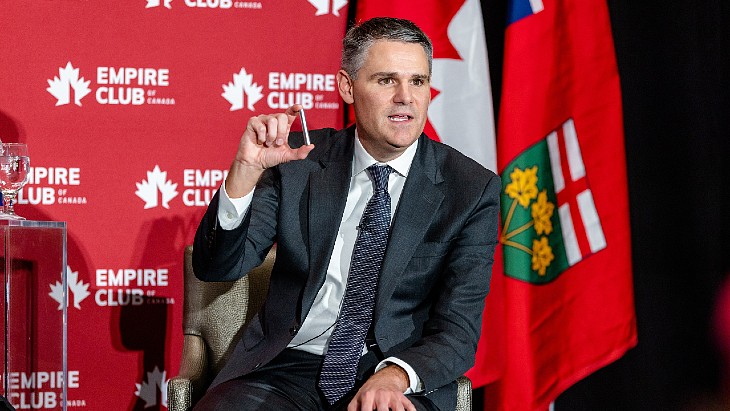Estonia's geology suitable for deep borehole repository
.jpg)
The study - conducted in collaboration with Estonian geologic and drilling company Steiger - is a qualitative geological assessment of Estonia's crystalline basement rock. It evaluates geological conditions and potential risk factors for Estonia's 15 counties, screening their potential for hosting a deep borehole repository. The study concludes a wide range of locations in the Baltic country could be demonstrated to comply with International Atomic Energy Agency safety regulations for geologic disposal.
Fermi Energia was founded by Estonian energy and nuclear energy professionals to develop deployment of SMRs in Estonia. In July 2019, the company launched a feasibility study on the suitability of SMRs for Estonia's electricity supply and climate goals beyond 2030, following a financing round from investors and shareholders. It selected four SMR designs to be included in the feasibility study: Moltex Energy SSR-W300, Terrestrial Energy IMSR-400, GE Hitachi BWRX-300 and NuScale SMR. All studies were expected to be completed by the end of last year and will be released early this year.
A deep horizontal borehole solution in Estonia would isolate used fuel from such SMRs at a depth of 1500 meters, compared with about 500 meters in a conventional underground repository, Deep Isolation said. In addition, it could be constructed at about one-quarter of the cost. Deep boreholes are more quickly deployed, given that drilling can be done in weeks, while mining can take years or even decades. As the geology near the potential Estonian SMR site appears suitable for disposal, the costs and risks of transporting waste long distances can be avoided.
"If we are to be successful in our efforts to see Estonia become the first European Union country to deploy an SMR in the 2030s, it is important that we take responsibility now in planning for spent fuel disposal," said Fermi Energia CEO Kalev Kallemets. "This Deep Isolation study indicates that a deep borehole disposal repository could meet all prerequisites and be safe and cost-effective as well as easily deployed and scalable."
"As Estonia considers the role that advanced nuclear power generation can play in delivering a low-carbon future for the country, citizens and policymakers can feel confident there is a safe and affordable way to dispose of the resulting spent nuclear fuel," said Chris Parker, managing director of Deep Isolation EMEA Limited. "We applaud Fermi Energia for doing the right thing by planning for disposal of the nuclear waste upfront. This is a significant step forward in confirming that regions across Estonia, in particular along the northern coast near a potential SMR site, could potentially safely host a borehole repository."
Berkeley, California-based Deep Isolation's solution for the management of used nuclear fuel and high-level radioactive waste involves emplacing it in corrosion-resistant canisters placed in deep horizontal drillholes. The technology uses existing directional drilling technology. The waste can be retrieved during a determined timeframe or permanently secured. In 2019, Deep Isolation publicly demonstrated its concept when it successfully placed and then retrieved a prototype nuclear waste canister hundreds of metres underground via a borehole.
_17992.jpg)
_75800.jpg)










